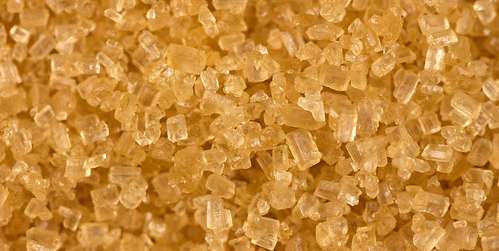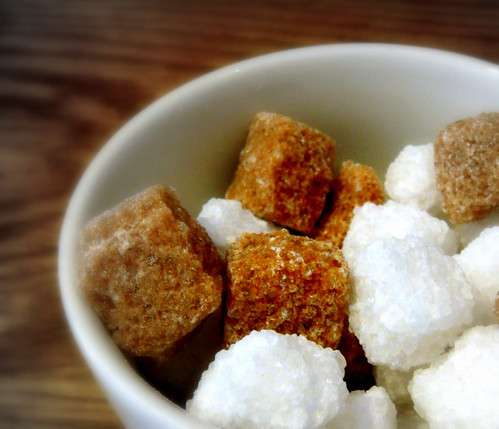
The ICUMSA sugar color grading system offers a simple way of categorizing sugars and alerting manufacturers to unsafe products. Image Source: Flickr user Ervins Strauhmanis
The coffee shop I visit in the mornings offers an impressive array of sweeteners, perfect for someone like me who prefers a cup of sugar and cream with a hint of coffee flavor. For years I had been using raw sugar, bypassing the white packets of real and artificial sweeteners, congratulating myself on my commitment to healthy living as I stirred two teaspoons of golden crystals in my cardboard cup. Brown foods are better than white ones, right? I was definitely going to live forever.
Then I made the mistake of Googling. It turns out that sugar color does not, in fact, indicate virtue—white, brown, and raw sugar are all virtually nutritionally identical.1 However, color is reflective of refinement and acts as a key indicator of sugar purity, grade, and quality.
Sugar Color as an Indicator of Purity
The International Commission for Uniform Methods of Sugar Analysis (ICUMSA) was established in 1897 to create international standards for sugar quality classification. In order to produce a common, international language of sugar purity, the ICUMSA developed a colorimetric method of measurement that allows producers to quickly and easily categorize their products in accordance with global guidelines.
Sugar color is recognized as being so faithfully reflective of refinement and quality that it can be relied on as the sole determinant of grade. This is due to the fact that color results from the specific manufacturing processes to which sugar is subjected; the more processing sugar cane is subjected to, the more color is removed, and the final pigmentation of the product reflects the degree of processing to which it has been subjected. These processes are also what give each type of sugar its subtle but distinctive taste. While the nutritional value may not be impacted by refinement, palatability, safety, and usability are and precise manufacturing methods are necessary to ensure that the sugar meets both consumer and industry standards.


